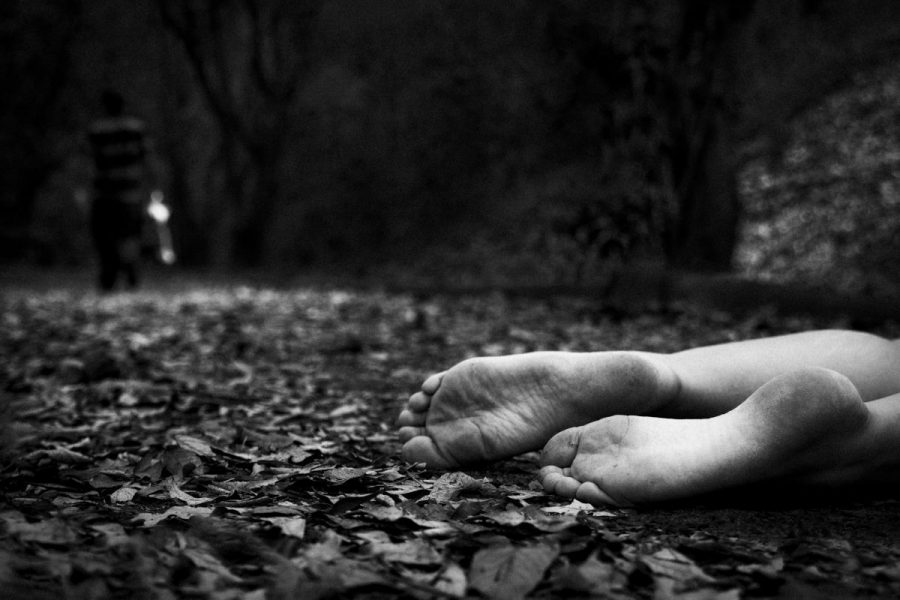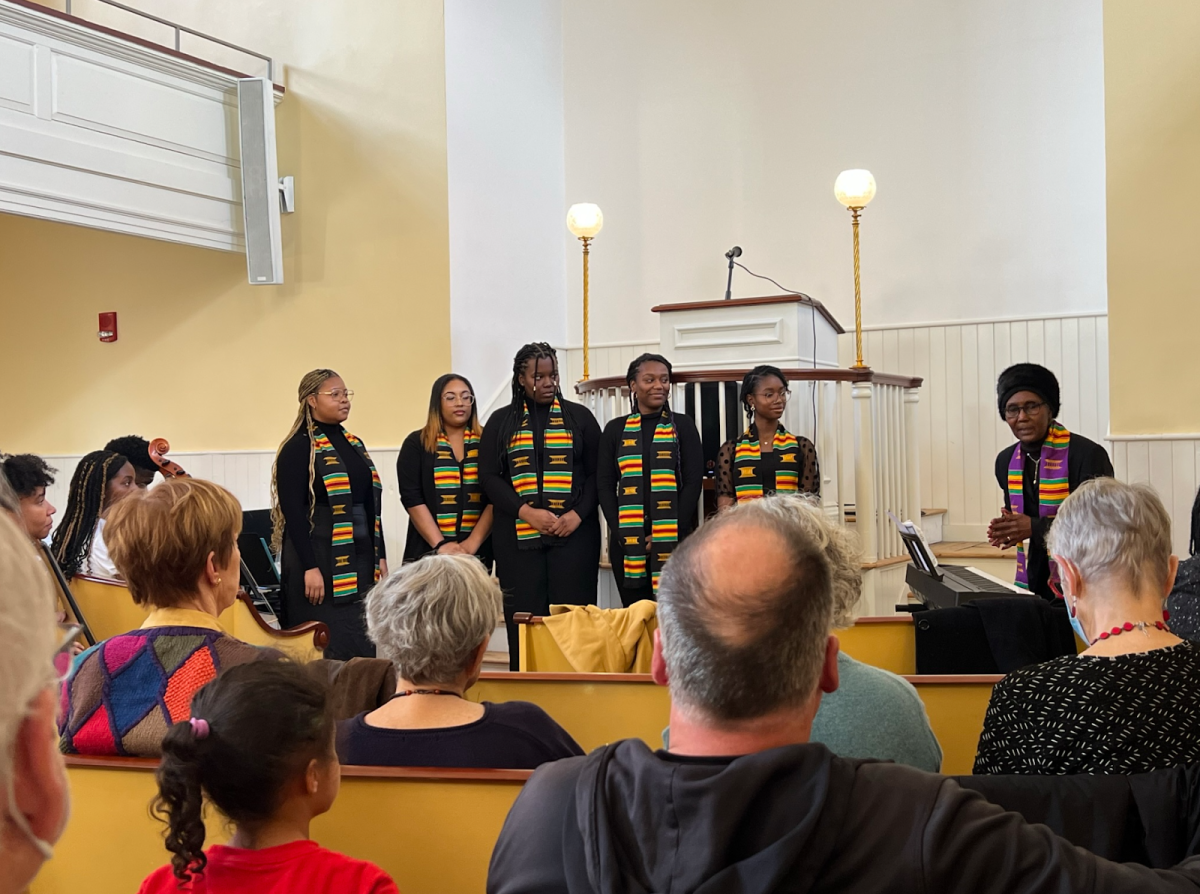By Aneri Pattani
This post was originally published by The Boston Globe on August 11, 2017.
When a 29-year-old woman was murdered in 1974, Boston police recorded the homicide as a blunt trauma by ice chopper. The description paints a gruesome image. Yet a similar murder today would likely be given a simpler classification: trauma — a more sterile description of what could be an equally grisly crime.
The difference shows up in a Boston police database of more than 4,000 homicides that occurred in the city from January 1963 to September 2016. An analysis of the data reveals that causes of death were often described in more colorful terms back in the 1960s and ’70s. Victims were recorded as being pushed down an elevator well or being strangled by a necktie, macabre fates that evoke film noir as much as big-city crime. In all, police data on homicide cases from the 1970s list 78 different causes of death.
That number dropped to 12 by the 2000s, as descriptions became more standardized, with terms like “GSW” (gunshot wound) and “strangulation.”

It’s hard to know why that changed, said Lieutenant Michael McCarthy, a Boston police spokesman. The data are gathered by an administrative assistant in the homicide unit, who goes through case files and creates a summary spreadsheet. Some of the variations may be attributable to differences in data entry. It could also be that officers realized they didn’t need that much detail in a summary sheet when they could just pull case files for more information, McCarthy said.







